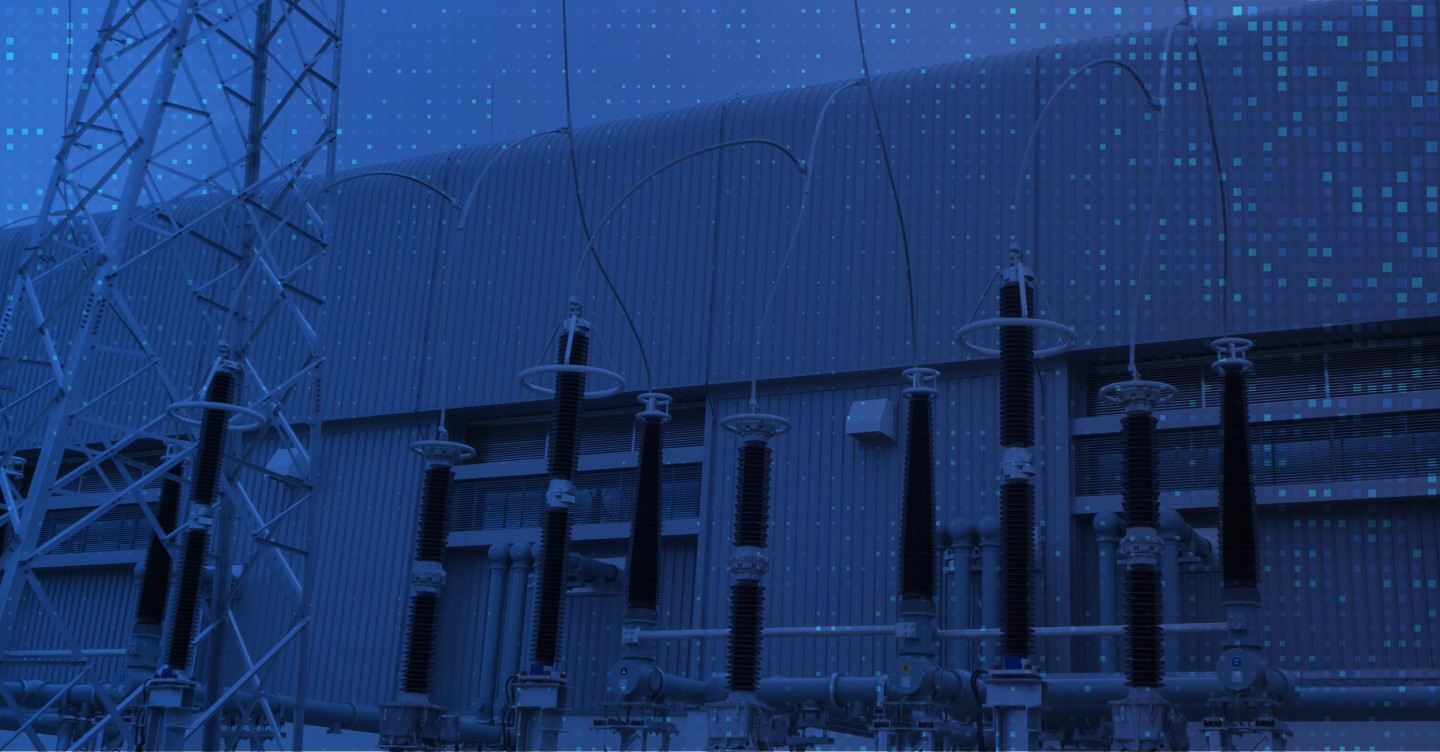
In the fast-paced world of engineering, real-world experience is the catalyst that transforms vast academic domains into practical know-how. For both students and the companies that will one day employ them, an engineering internship bridges the gap between theory and application, playing a pivotal role in career development and industry innovation. In fact, interns have a 70% chance of full-time employment with their host company, emphasizing the significance of successful internships. Our very own intern-turned-engineer, Tyler Clayton is a shining example of this crucial learning experience that resonates beyond merely filling a summer schedule or easing the transition from academia to corporate life.
A Deep Dive into the RTP Engineering Internship Experience with Tyler Clayton
Engineering internship programs serve as a proving ground for budding engineers, with over 66,249 engineering interns currently employed in the United States. We sat down with Tyler to glean insights from his firsthand experience going from a student intern to a full-time engineer at RTP. We learned that his tenure at RTP not only shaped his future career trajectory but also offered him a holistic view of the engineering industry from the inside out.
Can you describe a typical day at RTP for an intern? I’m interested in hearing about the tasks you handled and how you interacted with the team.
I started my internship with R.T. Patterson on May 16, 2022, in the summer before the last semester of my Mechanical Engineering degree, planning to graduate that December. Before my first day of work, I was unsure what this internship would be like. You always hear of interns not being given any substantial work and mostly acting as an assistant, grabbing coffees, doing homework, studying, taking notes for meetings, etc.
I am very thankful to say that my internship at R.T. Patterson was nothing like that. I was given plenty of real work and responsibility. Starting my very first day in my office, while still getting set up with my computer and email, I was given some information on a project, asked to review it after getting settled, and meet with the manager to discuss my first assignment. This may seem intimidating, but I was happy to hear this. From this moment, I knew this engineering internship would be incredibly beneficial and educational.
Can you tell us a little bit about the projects you were assigned as an intern?
This first assignment was a good example of the tasks I would handle throughout my internship. My first assignment was to design a shock absorber to stop the rotation of the ladle fork arm in a steel mill. To complete this project, I had to perform calculations by hand and in Excel, create 3D models in Inventor and perform Finite Element Analysis on those models, and develop the 2D AutoCAD drawings for construction.
My next project would introduce me to the other daily tasks I would perform as a full-time engineer. My second project would have me assist with coordinating the Piping Department tasks for a project involving a lot of new pipe routing at a plastics plant. For this project, I created drawing transmittals to the client, wrote discipline Scope of Work documents and Specifications, and visited the client site several times to perform field investigations of existing conditions to assist in our design.
For these first two major assignments, I interacted mostly with the Piping/Mechanical Department manager and assistant manager. Over time, when I approached the managers with questions, they would direct me to others in the department who had additional knowledge or experience on the topic. This allowed me to get introduced to the team in a natural way and learn from the best based on the question.
Bridge to the Profession
Comprehensive training and mentorship during internships assist in the transition from student to professional. Placing young engineers in the midst of live projects educates them in the nuances of the industry, from conducting technical investigations to participating in the decision-making process of engineering solutions.
During internships, students have the chance to meet and collaborate with professionals from various backgrounds. These connections often lead to valuable references and future employment through the relationships established during the program. As an intern, Tyler was able to take advantage of events Engineers Society of Western Pennsylvania Banquet which is an annual event that includes most of the engineering firms, engineers from local industry, city of Pittsburgh engineers, Allegheny County engineers, and Penndot engineers.
The experience gleaned from internships brightens students’ resumes and profiles, setting them apart in a competitive job market. Recruiters often seek applicants with relevant work experience, and internships offer exactly that—a window into the working life of an engineer.
What are some of the key skills you developed during your internship at RTP, and how did they set you up to become a full-time engineer at RTP?
I feel like I learned more in my internship about being an engineer than I did in my education. My time pursuing my degree taught me the foundation I would need to perform my job, but my internship taught me to become an engineer. The team at R.T. Patterson understood that I did not have the same knowledge as the tenured full-time engineers, but instead of treating me as a liability, I was encouraged to ask questions and learn in my time while performing meaningful tasks and given real responsibility. I was treated as an entry level engineer from day one, not a student or typical intern.
My internship taught me key skills and lessons that I would not have learned without it. I learned to be confident in my work; just because I didn’t have experience did not mean that I did not know what I was doing. I learned that performing engineering tasks is very different than the lessons learned in your degree. I learned how to communicate professionally with clients.
The list of skills and lessons I learned is probably a mile long. I am very pleased with my internship experience at R.T. Patterson. In my opinion, it was the most valuable part of my engineering education. I was so happy to receive and offer to work as a full-time engineer at the end of my internship and am so proud to work here.
A Two-Way Street: The Company's Perspective
Engineering firms are strategic in their approach to internships, leveraging these opportunities to cultivate talent, innovate, and meet organizational needs. Investing in internship programs is a long-term commitment with tangible benefits for the companies that provide them.
- The Power of Perspective: Interns bring a fresh pair of eyes to the table, unencumbered by the "but we've always done it this way" mindset. The out-of-the-box thinking of interns often spawns innovative solutions to lingering problems and offers a new lens through which to view projects.
- Cost-Effective Talent Acquisition: Recruiting interns presents a cost-effective channel for firms to evaluate potential employees over an extended period. This 'extended interview' process allows companies to experience the applicants' work ethic and suitability for their organizational culture.
- Sourcing Future Leaders: Through competitive internships, firms gain access to the brightest minds in engineering. Investing time and resources into these budding professionals can result in high-quality, loyal future employees who are already familiar with the company's operations.
- Fulfilling Corporate Social Responsibility: By offering meaningful internships, engineering firms contribute to the development of their community's skills base and fulfill a sense of corporate responsibility toward nurturing the next generation of engineers.
According to RTP’s General Manager of Engineering, Larry Friedline: “Internships help the intern learn what we do at RTP and helps us learn about the intern and how they may best fit within our team.”
The Proactive Path Forward
As engineering continues to evolve and expand, internships will remain a linchpin of industry progression. Engineering firms and students must be proactive in initiating and participating in internship programs to secure their place at the forefront of the field.
- For Students: Seek out internships that align with your interests and career goals. Investigate a company's internship program as you would their project opportunities and apply with enthusiasm and purpose.
- For Engineering Firms: Invest in your future by investing in internships. Develop robust programs that offer genuine learning opportunities and recognize the potential for new ideas and talent that these aspiring engineers bring to the table.
Conclusion
From developing the skills of future engineers to steering the innovation of today's firms, R.T Patterson understands that these programs are the foundation upon which the industry grows. Companies that take an active role in shaping the intern experience are not only fulfilling a responsibility to the next generation but are also ensuring their own vitality and competitive edge in an increasingly dynamic engineering landscape. To learn more about our engineering internship program, contact Larry Friedline.

